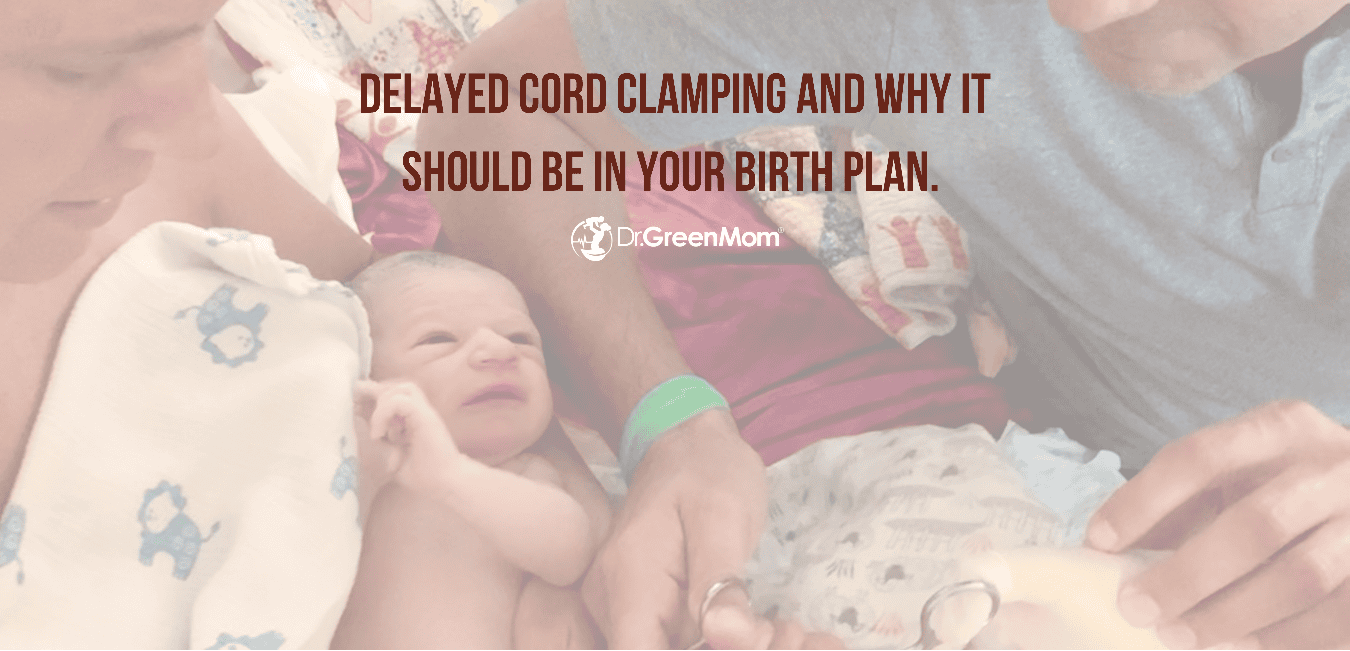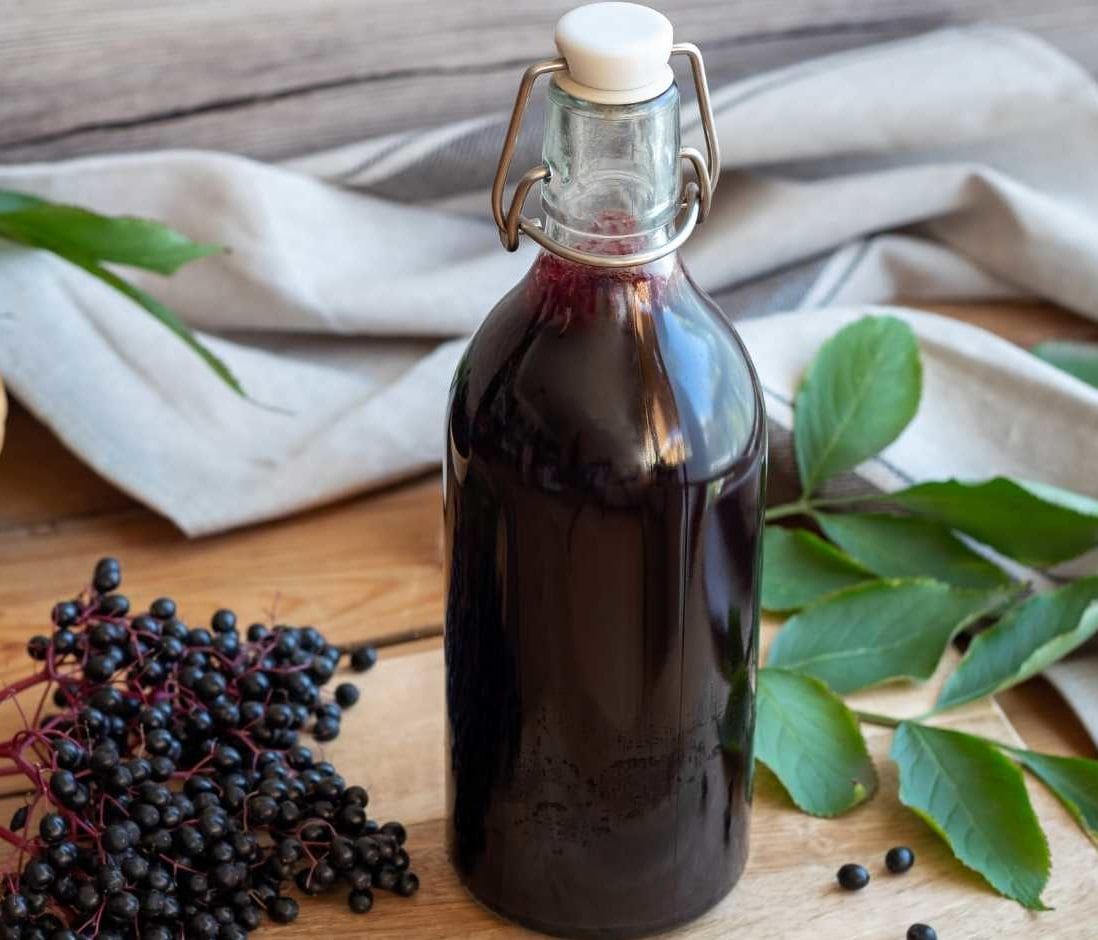Caring for a newborn means countless hours of lifting, feeding, rocking, and holding your baby close. While these moments are precious, the repetitive motions can sometimes take a toll on your body. One common condition parents experience is De Quervain’s tenosynovitis, often called “nursing wrist” or “mommy’s wrist.” This painful irritation of the thumb tendons can make everyday tasks feel difficult.
In this article, we’ll explore what nursing wrist feels like, why it happens in new moms, and both conventional and natural strategies that can ease pain, reduce inflammation, and support recovery, so you can get back to holding your baby without discomfort!
What Is Nursing Wrist, and Why Does It Happen?
Nursing wrist, medically known as De Quervain’s tenosynovitis, is an inflammation of the tendons on the thumb side of the wrist. These tendons slide through a narrow sheath (a tunnel-like covering) whenever you move your thumb. When the tendons become irritated, they swell, and the sheath can no longer glide smoothly, leading to pain, stiffness, and sometimes a catching sensation (1).
While De Quervain’s can happen to anyone, it’s especially common in new parents for a few key reasons (2):
- Repetitive lifting: Babies are picked up dozens of times a day, usually with the wrists bent and thumbs pointing up, exactly the motion that tends to stress these tendons.
- Feeding positions: Supporting a baby’s head and neck for long stretches can keep the wrist angled awkwardly
- Hormonal changes: Relaxin and other postpartum hormones affect soft tissues, sometimes making tendons more vulnerable to irritation.
- Insufficient recovery: The newborn stage offers little rest, and wrists rarely get time off from the repetitive demands of baby care.
It’s important to note that nursing wrist isn’t limited to mothers. Anyone can develop it from the same repetitive motions.
To explore more nursing positions, read this article: Dr. Green Mom’s Guide to Breastfeeding Basics: Mastering Latch, Supply, & Common Challenges
What Does Nursing Wrist Feel Like?
The hallmark symptom is pain along the base of the thumb and outer wrist (1), but the condition can show up in several ways:
- Sharp or aching pain when lifting, gripping, or twisting
- Tenderness or swelling near the thumb side of the wrist
- Pain that radiates up the forearm during repetitive tasks
- Difficulty with daily motions like turning doorknobs, opening jars, or even holding a coffee mug
- A sense of catching or locking when moving the thumb
Healthcare providers often use a quick check called the Finkelstein test (1): tucking the thumb into the palm, wrapping the fingers over it, and bending the wrist toward the pinky. If this movement causes sharp pain, De Quervain’s is likely.

Mommy Wrist Treatment & Management Options
Most parents recover from nursing wrist with simple conservative measures and rest. Treatment usually focuses on reducing strain and calming inflammation.
Gentle Lifestyle & At-Home Support for Nursing Wrist
These first-line steps often bring significant relief:
- Modify lifting technique: When picking up your baby, try to keep wrists straight and aligned with your forearms whenever possible. Use your arms and core for lifting rather than relying on your wrists and thumbs.
- Use support tools: Nursing pillows, extra cushions, or a baby carrier can reduce repetitive wrist strain during feeds and long holds.
- Alternate arms: Switch sides frequently when holding or feeding your baby to prevent overuse on one wrist.
- Splinting: A thumb spica splint can help keep the wrist and thumb in a neutral position, giving the inflamed tendons time to rest.
- Ice therapy: Applying a cold pack for 10-15 minutes several times a day can reduce swelling and bring immediate relief after repetitive use.
- Warmth & stretching: A warm compress or soak can relax stiff tissues before gentle range-of-motion exercises.
Natural & Holistic Ways To Support Wrist Comfort
In addition to rest and lifestyle changes, many parents find that gentle, natural support can ease discomfort and encourage the body’s own healing process. Some helpful herbal remedies might include:
- Ginger, which offers well-researched benefits for the inflammatory response and circulatory system
- Lemon Balm for its calming effects
- Formulas that contain glucosamine, chondroitin and/or MSM to promote circulation, provide ligament support, and support a healthy inflammatory response.
- Topical arnica may provide localized comfort and topical support right where you need it most.
- Omega-3 fatty acids, which are found in foods like wild-caught salmon, sardines, chia seeds, and flaxseeds (or in high-quality supplements). Omega-3s play a key role in balancing the inflammatory response and supporting connective tissue health.
You might like this article, too: What To Do When Your Child Has A Strain Or Sprain

Medical Therapies for De Quervain’s Tenosynovitis
If pain continues despite natural care, conventional treatments can provide additional support:
- Anti-inflammatory medications: NSAIDs like ibuprofen are often recommended.
- Physical or occupational therapy: A therapist can guide you in ergonomic lifting, strengthening, and stretching exercises tailored to postpartum life.
- Corticosteroid injections: For more persistent cases, a provider may inject medicine into the tendon sheath to quickly reduce inflammation.
- Surgery: Rarely, surgical release of the tendon sheath is recommended in severe, chronic cases that don’t respond to other treatments.
When to Seek Medical Help
It’s always wise to check in with your provider if:
- Wrist pain continues despite home care,
- You notice significant swelling or loss of motion,
- Discomfort interferes with your ability to care for your baby.
Early treatment not only brings faster relief but also prevents the condition from worsening.
Summary
Nursing wrist, or mommy’s wrist, is a common postpartum condition caused by the repetitive motions of lifting and feeding a baby. Most parents recover with simple changes like adjusting lifting technique, using splints, applying ice, and supporting the body with natural or conventional care.
References:
- Satteson E, Tannan SC. De Quervain Tenosynovitis. [Updated 2023 Nov 22]. In: StatPearls [Internet]. Treasure Island (FL): StatPearls Publishing; 2025 Jan-. Available from: https://www.ncbi.nlm.nih.gov/books/NBK442005/
- Smith GB, Young B, Titan AL, Kenney DE, Ladd AL. Incidence and Risk Factors for Soft Tissue Hand and Wrist Conditions in Pregnancy and Postpartum. J Hand Surg Glob Online. 2025 Jul 24;7(5):100778. doi: 10.1016/j.jhsg.2025.100778. PMID: 40746749; PMCID: PMC12312026.


